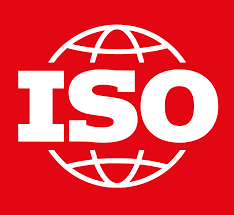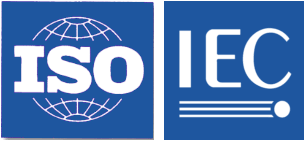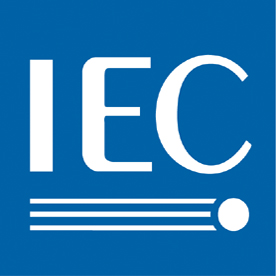Sustainable FinTech (ISO/TC322 TAG Sustainable FinTech)
One of the projects of the Sustainable Finance Committee is the integration of FinTech. An Abstract below:
The Sustainable FinTech TAG aims to integrate FinTech with financial sustainable development (e.g. environmental, social/societal, governance issues, specific sustainable development goals) via the following strategic goals:
- Liaison / collaboration function with other groups (mainly but not exclusively inside ISO). This function should work closely with TAG 1 in ISO/TC 68 Financial Services. As pointed in TAG1 TC68 Terms of Reference: “TAG enables a proactive dialogue with FinTechs on financial services standards matters and acts as a portal in which the FinTechs community can discuss their standard’s needs. The FinTech TAG provides FinTechs a means to cooperate, exchange views and share information related to standards on a regular basis” (the TC322 TAG has a focus on Sustainable Finance).
- To support and engage FinTech experts and TC 322 committees/working groups. The goal is to build in as part of the sustainable finance agenda, a tech savvy culture that helps develop “standards for the future”.
- This function will also work closely with TAG1 TC68 “to support and engage with the Fintech community on standards requirements, for the effective and efficient use and development of standards to support FinTechs and the broader financial services industry”.
The term FinTech is a portmanteau of the terms “finance” and “technology” and refers to any business that uses technology to enhance or automate financial services and processes. Similar to TAG1 in TC68, Sustainable FinTech “aims to increase customer benefits in terms of usability, efficiency, transparency and automation” but in addition with the focus on integrating sustainability/sustainable development aspects of financial/financing activities, in particular products and services.
(Source: https://committee.iso.org/sites/tc322/home/projects/ongoing/sustainable-fintech.html)







